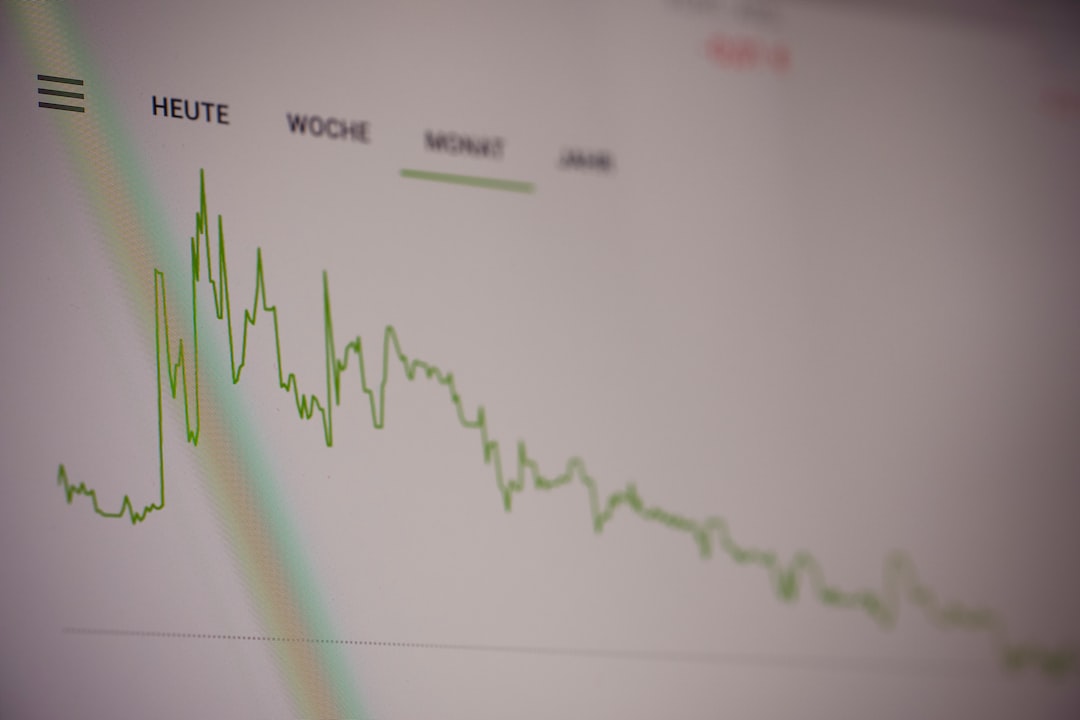Forex Pip Variations: Exploring Different Trading Strategies
The forex market is a vast and complex financial market, where traders from all around the world engage in the buying and selling of currencies. In this dynamic and fast-paced market, it is crucial for traders to have a deep understanding of various trading strategies to maximize their profits and minimize their risks. One important concept that traders must grasp is the concept of forex pips and the variations in pip values across different trading strategies.
Pip, short for “percentage in point,” is the smallest unit of measurement in the forex market. It represents the price movement of a currency pair and is used to calculate profits and losses. The value of a pip is not fixed and varies across different currency pairs, as well as different trading strategies. Understanding these variations is essential for traders to make informed decisions and execute successful trades.
There are several trading strategies that traders employ in the forex market, each with its own unique characteristics and risk profiles. Let’s explore some of these strategies and how they impact the variations in pip values.
1. Scalping Strategy:
Scalping is a short-term trading strategy where traders aim to make quick profits by entering and exiting trades within a few minutes or even seconds. Scalpers often target small price movements and rely on high trading volumes to accumulate profits. Since scalping involves frequent trading, the variations in pip values play a crucial role in determining the profitability of this strategy. Traders who employ scalping strategies often focus on currency pairs with low spreads and high liquidity to minimize costs and maximize potential profits.
2. Swing Trading Strategy:
Swing trading is a medium-term trading strategy where traders aim to capture larger price movements within a trend. Unlike scalping, swing traders hold their positions for several days or even weeks. The variations in pip values are relatively less critical for swing traders compared to scalpers, as their trading horizon allows for more significant price movements. However, swing traders still need to consider pip variations when selecting currency pairs to trade and determining their risk-reward ratios.
3. Carry Trading Strategy:
Carry trading is a long-term trading strategy where traders aim to profit from the interest rate differentials between two currencies. Traders borrow a low-interest-rate currency and use the funds to buy a high-interest-rate currency. The profit comes from the difference in interest rates and the potential appreciation of the high-interest-rate currency. Pip variations are less relevant for carry traders, as their focus is on interest rate differentials rather than short-term price movements. However, traders still need to consider pip values when calculating potential profits and losses.
4. Breakout Trading Strategy:
Breakout trading is a strategy where traders aim to profit from significant price movements that occur after a currency pair breaks out of a well-defined trading range. Traders identify key support and resistance levels and enter trades when the price breaks above or below these levels. Pip variations are crucial for breakout traders as they affect the size of the breakout and the potential profits or losses. Traders need to carefully analyze pip variations to set appropriate stop-loss and take-profit levels.
In conclusion, understanding the variations in pip values across different trading strategies is vital for forex traders. The choice of trading strategy influences how traders perceive and utilize pip variations. Scalpers focus on small price movements and require low pip values to achieve profitability. Swing traders have a broader horizon and can tolerate larger pip values. Carry traders focus on interest rate differentials, and pip variations are less critical for their strategy. Breakout traders rely on significant price movements and need to consider pip variations when setting stop-loss and take-profit levels.
By studying and analyzing pip variations, traders can better assess their risk-reward ratios, manage their positions effectively, and make informed trading decisions. It is essential for traders to constantly educate themselves on different trading strategies and adapt their approach based on market conditions and their risk tolerance. The forex market is ever-evolving, and traders who stay informed and flexible are more likely to succeed in their trading endeavors.





